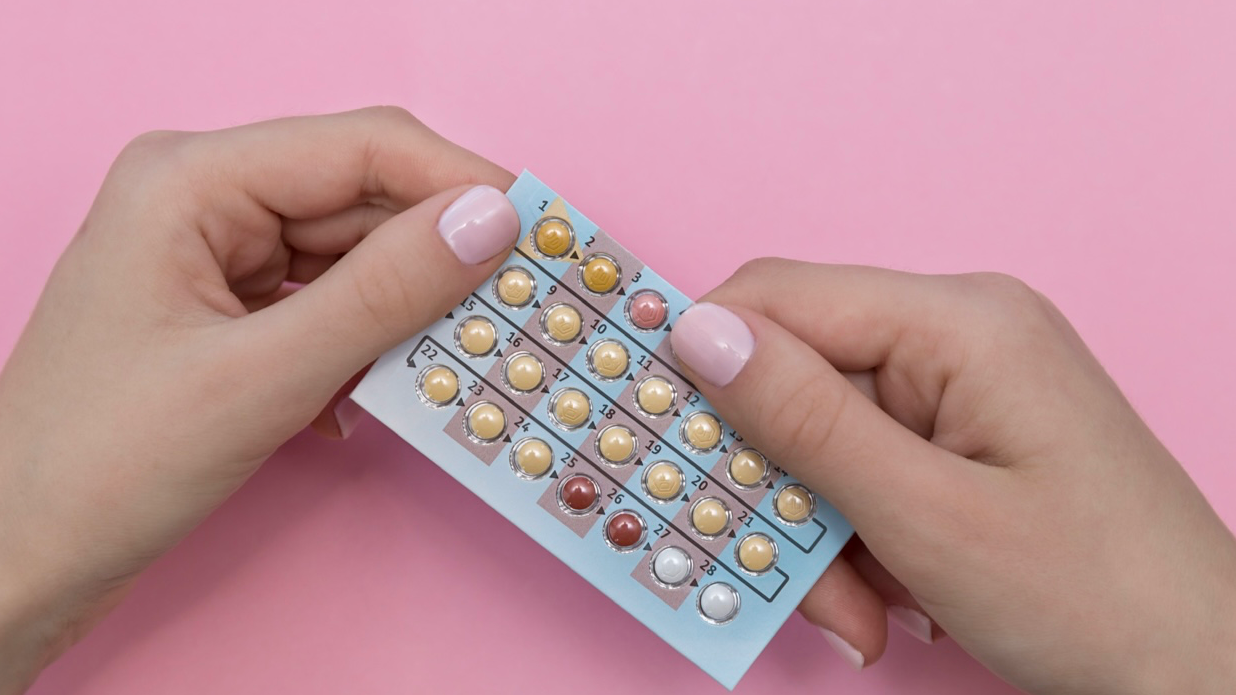Birth Control for Endometriosis: Managing Symptoms and Taking Control
Endometriosis is one of those conditions that’s both common and deeply misunderstood. If you’re dealing with it, you know how much it can affect your daily life, from the intense cramps and pelvic pain to heavy periods and the emotional toll it brings. But here’s the good news: there’s help available, and birth control is often one of the go-to solutions for managing the symptoms of endometriosis.
In this guide, we’ll break down how birth control works to manage endometriosis, the different types to consider, and what you should know to make an informed choice. Whether you’re newly diagnosed or exploring new treatment options, we’ve got you covered in a tone that feels more like advice from a friend than a lecture from a doctor.
What Is Endometriosis, and Why Does It Hurt So Much?
First things first: endometriosis is a condition where tissue similar to the lining of the uterus (the endometrium) grows outside of it. These rogue tissues can attach to the ovaries, fallopian tubes, or other pelvic organs, leading to inflammation, scarring, and a whole lot of pain.
Why is it so painful? Unlike the tissue inside your uterus that sheds during your period, these misplaced tissues have nowhere to go. They react to hormonal changes, bleeding during your cycle and causing all kinds of discomfort—from sharp cramps to chronic pelvic pain.
How Does Birth Control Help With Endometriosis?
Here’s the deal: while birth control doesn’t cure endometriosis, it can be a game-changer for symptom management. Most birth control methods work by regulating or halting your menstrual cycle, which means less stimulation for those pesky endometrial-like tissues.
Key Ways Birth Control Helps:
• Reduces or Eliminates Periods: By suppressing ovulation, birth control can minimize or even stop your periods, cutting down on the pain and inflammation caused by endometriosis.
• Balances Hormones: Many hormonal birth control options reduce estrogen levels, which slows the growth of endometrial-like tissue.
• Eases Pain and Cramps: With less endometrial tissue reacting to your cycle, you may experience fewer and less intense cramps.
The Best Types of Birth Control for Endometriosis
Not all birth control is created equal, and what works for one person might not work for another. Here’s a breakdown of the most popular options and how they can help with endometriosis:
1. The Pill (Combined Oral Contraceptives)
The classic birth control pill combines estrogen and progestin to regulate your hormones. Taking it continuously (skipping the placebo pills) can stop your period altogether, which is a big win for many people with endometriosis.
• Pros: Effective, affordable, and easy to stop if you want to try getting pregnant.
• Cons: You have to remember to take it every day, and some people experience side effects like nausea or mood swings.
2. Progestin-Only Pills
These are another pill option but without estrogen. They’re ideal for people who can’t tolerate estrogen or have other health conditions that make estrogen-based birth control risky.
• Pros: Safe for a wider range of users.
• Cons: Slightly less effective than combination pills if not taken perfectly.
3. Intrauterine Devices (IUDs)
Hormonal IUDs like Mirena or Liletta release progestin directly into the uterus, reducing pain and heavy bleeding associated with endometriosis. Bonus: they last for years!
• Pros: Long-term, low-maintenance, and highly effective.
• Cons: Insertion can be uncomfortable, and there’s a small risk of side effects like spotting or cramping.
4. Birth Control Shots (Depo-Provera)
This progestin-only option involves getting a shot every three months. It suppresses ovulation and often stops periods altogether after a few cycles.
• Pros: No daily pills to remember, and many users experience no periods at all.
• Cons: You’ll need to visit your doctor regularly, and it can take a while for your cycle to return to normal after stopping.
5. Birth Control Implants (Nexplanon)
This tiny rod is inserted under your skin and releases progestin to prevent ovulation. It can last up to three years and is highly effective for managing endometriosis symptoms.
• Pros: Long-lasting and hassle-free.
• Cons: Some users report irregular bleeding or spotting.
6. Vaginal Rings (NuvaRing)
This flexible ring delivers a steady dose of estrogen and progestin when inserted into the vagina. You wear it for three weeks, then remove it for one week.
• Pros: Fewer hormonal spikes compared to pills.
• Cons: Some people find it uncomfortable or difficult to insert.
Natural Cycles vs. Hormonal Control
If you’re someone who prefers a more “natural” approach, you might be hesitant about hormonal birth control. While it’s true that lifestyle changes like diet, exercise, and stress management can help with overall health, they usually aren’t enough to tackle the full-blown symptoms of endometriosis.
Hormonal birth control isn’t about masking the problem; it’s about giving your body a break from the hormonal rollercoaster that worsens the condition. That said, it’s always worth discussing your preferences with a healthcare provider to find the right balance.
Are There Risks or Side Effects?
Like any medication, hormonal birth control comes with potential side effects. These can include:
• Nausea
• Headaches
• Mood changes
• Weight fluctuations
• Spotting between periods
It’s important to weigh these side effects against the benefits of pain relief and improved quality of life. If one method doesn’t work for you, don’t give up—there are plenty of options to try.
What If You’re Trying to Get Pregnant?
For those with endometriosis who want to conceive, birth control obviously isn’t the long-term solution. However, it can be part of a strategic plan. Doctors sometimes recommend taking hormonal birth control for a while to suppress endometrial tissue growth, then stopping it to try for pregnancy.
If you’re struggling to conceive, fertility treatments like in-vitro fertilization (IVF) or laparoscopic surgery to remove excess tissue may be options worth exploring.
Talking to Your Doctor: What to Ask
Choosing the right birth control method for endometriosis starts with an honest conversation with your doctor. Here are some questions to ask:
• Which birth control method do you recommend for my symptoms?
• How long will it take to see results?
• What are the potential side effects of this method?
• Can I use this method if I want to get pregnant in the future?
• Are there non-hormonal options for managing my symptoms?
The Takeaway
Endometriosis is tough, but you’re tougher. Birth control can be a powerful tool to manage the pain, heavy periods, and other symptoms that come with this condition. From pills and IUDs to implants and shots, there’s a method out there to fit your lifestyle and needs.
The key is to work with your healthcare provider to find what works best for you. Don’t settle for suffering—take control of your symptoms and get back to living your life on your terms. Endometriosis might be part of your story, but it doesn’t have to define it.











